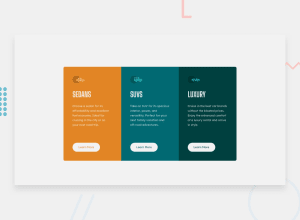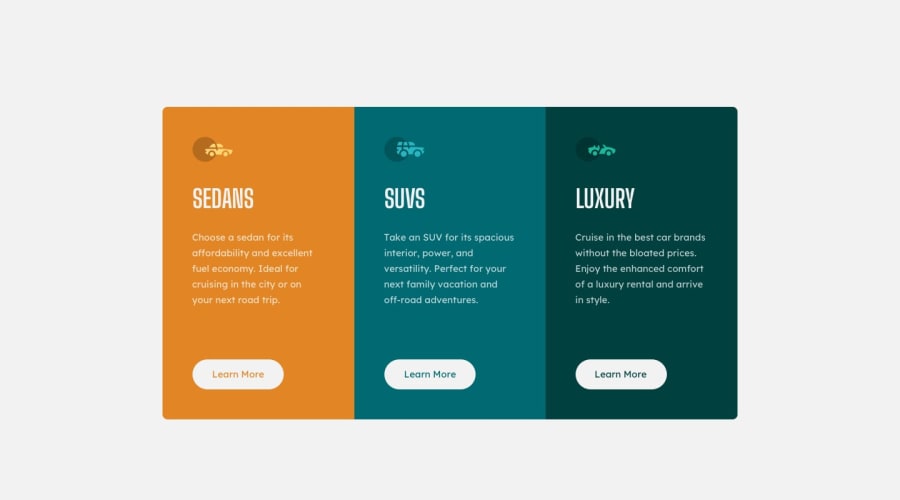
Mobile-First, Semantic HTML, Vanilla CSS, Flexbox
Design comparison
Solution retrospective
This is part of refactoring and modularising the previous solution. Any feedback is welcome, especially on improving accessibility, semantics, and CSS structure.
You are welcome to have a look at the code.
Thank you.
As always see you at the next one!
Community feedback
- @AdrianoEscarabotePosted about 2 years ago
Hi Faris Thibani, how are you?
I really liked the result of your project, but I have some tips that I think you will enjoy:
- We have to make sure that all the content is contained in a reference region, designated with HTML5 reference elements or ARIA reference regions.
Example:
native HTML5 reference elements:
<body> <header>This is the header</header> <nav>This is the nav</nav> <main>This is the main</main> <footer>This is the footer</footer> </body>ARIA best practices call for using native HTML5 reference elements instead of ARIA functions whenever possible, but the markup in the following example works:
<body> <div role="banner">This is the header</div> <div role="navigation">This is the nav</div> <div role="main">This is the main</div> <div role="contentinfo">This is the footer</div> </body>It is a best practice to contain all content, except skip links, in distinct regions such as header, navigation, main, and footer.
Link to read more about: click here
The rest is great!
I hope it helps... 👍
1@Faris-ThibaniPosted about 2 years ago@AdrianoEscarabote Thanks, Adriano. Hi, we already used semantics tags.. main, section, etc.. and understand the role of aria attributes that improve accessibility. Take the time to review the code. Regards, if you have any other feedback you are welcome to share.
1
Please log in to post a comment
Log in with GitHubJoin our Discord community
Join thousands of Frontend Mentor community members taking the challenges, sharing resources, helping each other, and chatting about all things front-end!
Join our Discord
